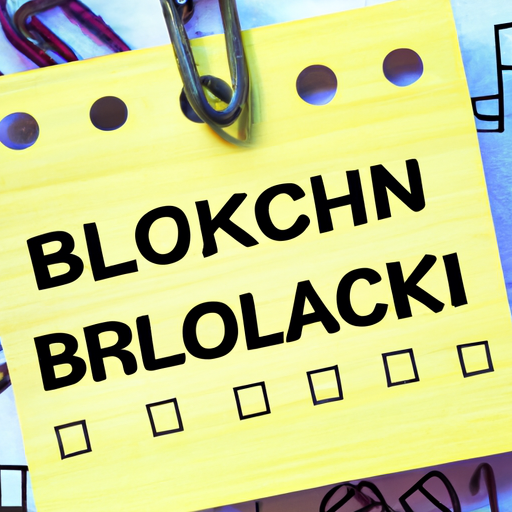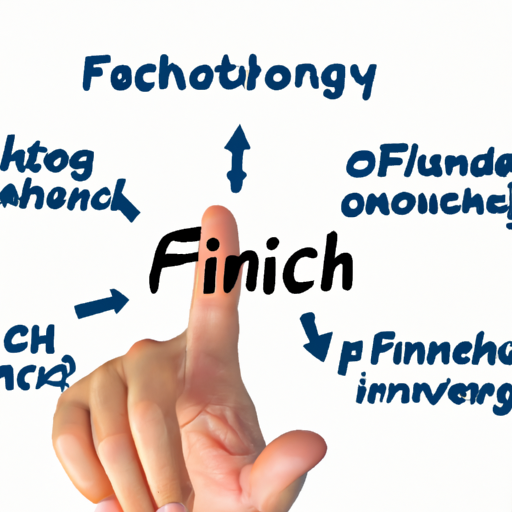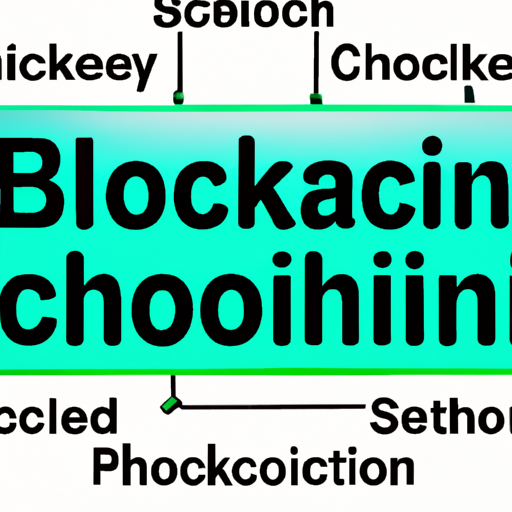In today’s increasingly digital landscape, the need for secure identification processes has never been more vital. With the rise of online fraud and data breaches, Digital Identity Verification has emerged as a robust solution aimed at safeguarding users and businesses alike.
What is Digital Identity Verification?
Digital Identity Verification refers to the process of confirming an individual’s identity online using various technologies, including biometric authentication, blockchain technology, and artificial intelligence. This ensures that the person on the other end of the interaction is indeed who they claim to be.
Importance of Digital Identity Verification
With statistics revealing that online fraud costs businesses billions annually, implementing a stringent digital identity verification system can help mitigate risks. Some crucial benefits include:
- Enhanced User Security: By utilizing technologies such as facial recognition and fingerprint scanning, companies create a barrier to unauthorized access.
- Streamlined User Experience: Automated verification processes facilitate quicker sign-ups and transactions.
- Compliance with Regulations: Identity verification solutions help businesses comply with regulations such as GDPR and KYC (Know Your Customer), further protecting consumer data.
Technologies Driving Digital Identity Verification
The evolution of Digital Identity Verification is largely fueled by advanced technologies:
- Blockchain: Offers tamper-proof identity records and enhances privacy.
- Biometric Authentication: Involves using unique biological traits for secure verification.
- AI and Machine Learning: Can analyze patterns to detect fraudulent behavior proactively.
Challenges and Future Prospects
While the benefits of digital identity verification are apparent, challenges such as user privacy concerns and system vulnerabilities remain. As technology continues to evolve, ongoing innovations in identity verification will likely enhance security measures further, leading to a future where online interactions can be made safer for everyone.
Conclusion
Digital Identity Verification is a critical component of user security in today’s digital world. By leveraging advanced technologies, businesses can protect themselves and their customers from a myriad of online threats. As we move forward, the integration of improving verification systems will be essential in fostering a secure digital environment.
Stay informed about the latest trends in technology and security. Implementing effective digital identity verification systems not only mitigates risk but also builds trust with users in an increasingly complex digital ecosystem.













